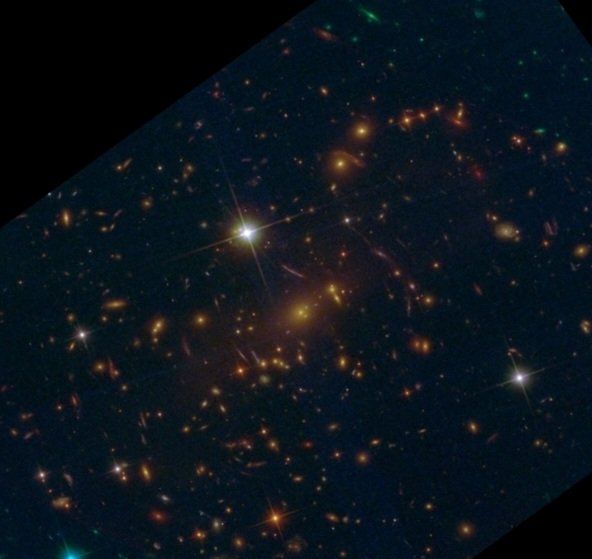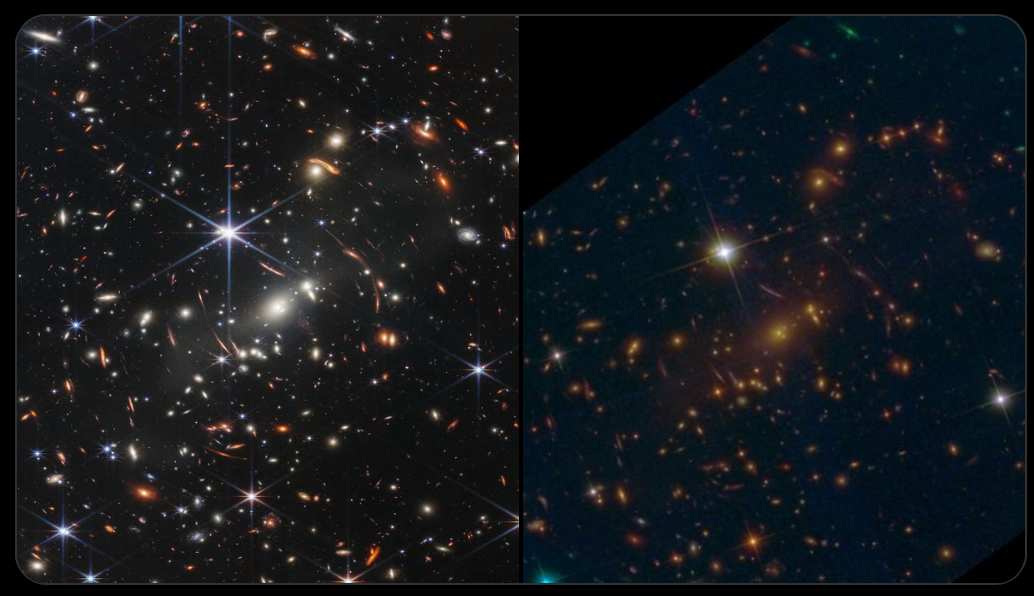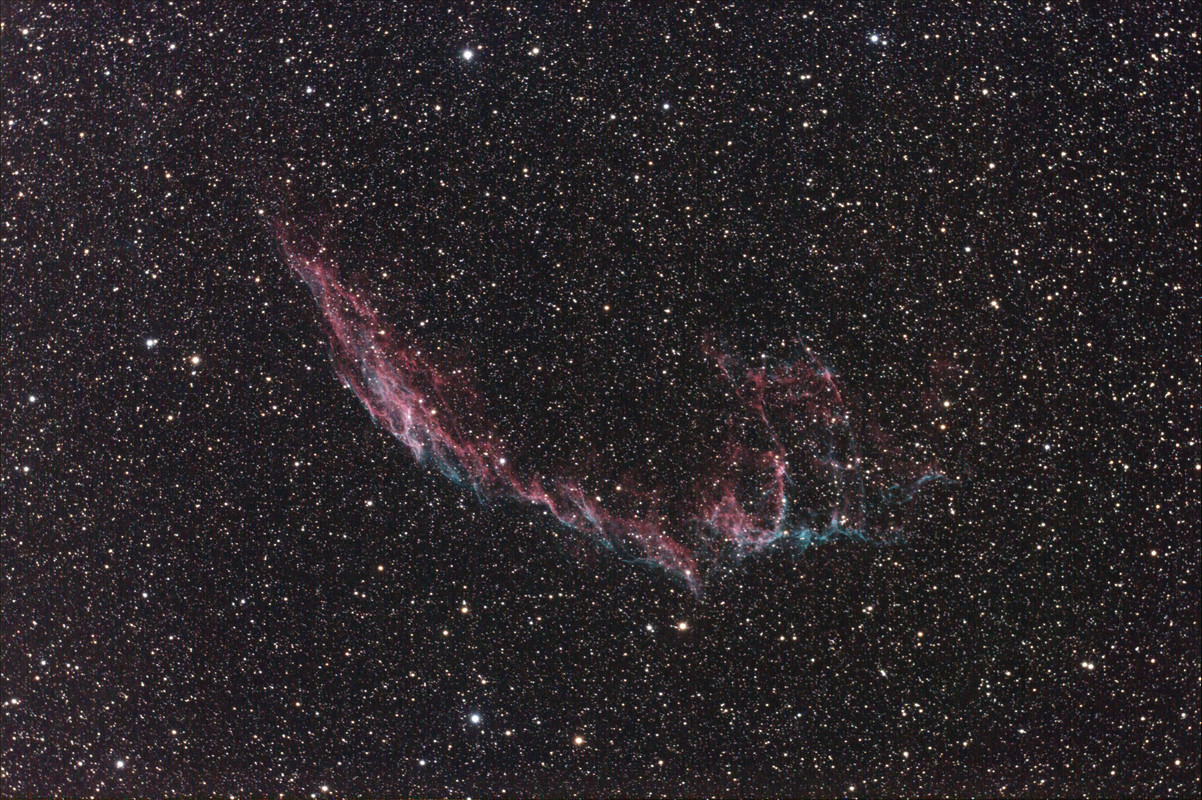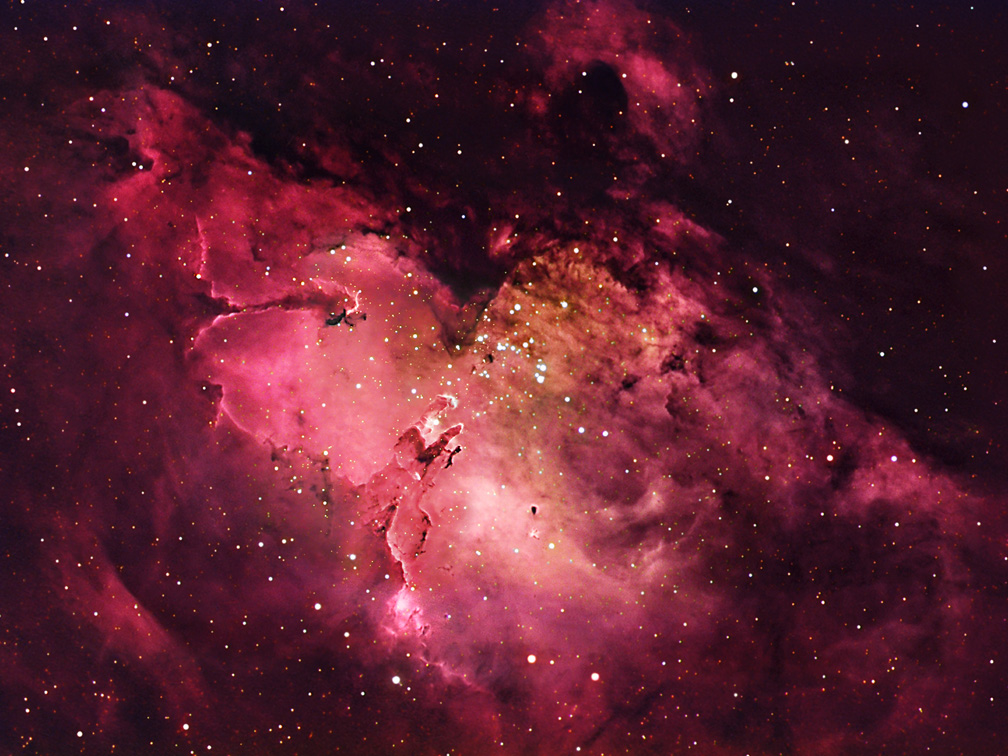James Webb Space Telescope Launch Update
-
It's a giant leap forward in resolution and light gathering power.
The level of detail in the small galaxies, and the blatantly obvious gravitational lensing, has me very impressed and excited about what we are going to discover with this telescope.
I mean seeing friggin dust lanes and spiral arms, in galaxies that far away, is just incredible.
-
Mr. Biden gave us a sneak peak today
https://www.nasa.gov/webbfirstimages
This first image from NASA’s James Webb Space Telescope is the deepest and sharpest infrared image of the distant universe to date. Known as Webb’s First Deep Field, this image of galaxy cluster SMACS 0723 is overflowing with detail. Thousands of galaxies – including the faintest objects ever observed in the infrared – have appeared in Webb’s view for the first time. This slice of the vast universe covers a patch of sky approximately the size of a grain of sand held at arm’s length by someone on the ground.

-
The picture on the right is better.
Billions of dollars better?
I can't say, because I'm sure I don't really understand how to compare them.
They are close enough that I believe they are the same subject.
EDIT: I found this comment, I haven't verified it
The fact that hubble captured better looking deep fields is irrelevant, what matters is that this is the same piece of sky, Webb on the left in 12 hours of exposure, Hubble on the right in weeks of exposure!
-
I saw someone comment that the amount of space in that photograph is that amount of sky which would be obscured by a grain of sand - held at arm's length.
-
What is trippy is what we are seeing in that picture is 3 times older than when the Earth was even formed.
So much of it doesn't even exist (as seen) now. It's like we have a live camera that shows us the distant past. Tangent, that would be a cool museum feature...if you had a "live camera" that just ported the user to 1880s new york or something.
-
-

Zoom in here:
https://www.flickr.com/photos/nasawebbtelescope/52210580092/in/album-72177720300469752/
What an upgrade to Hubble. The amount of detail and number of galaxies in this photograph is incredible.
-
What is trippy is what we are seeing in that picture is 3 times older than when the Earth was even formed.
So much of it doesn't even exist (as seen) now. It's like we have a live camera that shows us the distant past. Tangent, that would be a cool museum feature...if you had a "live camera" that just ported the user to 1880s new york or something.
@89th said in James Webb Space Telescope Launch Update:
hat is trippy is what we are seeing in that picture is 3 times older than when the Earth was even formed.
It certainly puts the recent rise in inflation into perspective...
-
The Borowitz Report: "Marjorie Taylor Greene Accuses James Webb Telescope of Making Other Galaxies Available to Jewish Lasers.
'It’s bad enough that the Rothschilds’ lasers are wreaking havoc on our own solar system,' the Georgia congresswoman told reporters."
-
Mr. Biden gave us a sneak peak today
https://www.nasa.gov/webbfirstimages
This first image from NASA’s James Webb Space Telescope is the deepest and sharpest infrared image of the distant universe to date. Known as Webb’s First Deep Field, this image of galaxy cluster SMACS 0723 is overflowing with detail. Thousands of galaxies – including the faintest objects ever observed in the infrared – have appeared in Webb’s view for the first time. This slice of the vast universe covers a patch of sky approximately the size of a grain of sand held at arm’s length by someone on the ground.

@Copper said in James Webb Space Telescope Launch Update:
This slice of the vast universe covers a patch of sky approximately the size of a grain of sand held at arm’s length by someone on the ground.
Kind of a mess out there, innit?
Stunning, awe-inspiring, beautiful beyond speech.
We humans do some pretty cool things sometimes.

Stealing "communist metric bullshit."
Also a Q for Bach: Whatever became of Tang, anyway?
-
@mark how does the JW telescope compare to a good amateur telescope? What does an amateur astronomy photo that includes the parts of the sky we see here look like?
@Klaus said in James Webb Space Telescope Launch Update:
@mark how does the JW telescope compare to a good amateur telescope? What does an amateur astronomy photo that includes the parts of the sky we see here look like?
From: https://www.rogergroom.com/projects/hubble-deep-field-south/
An amateur attempt in 2014 of the Hubble Deep Field South
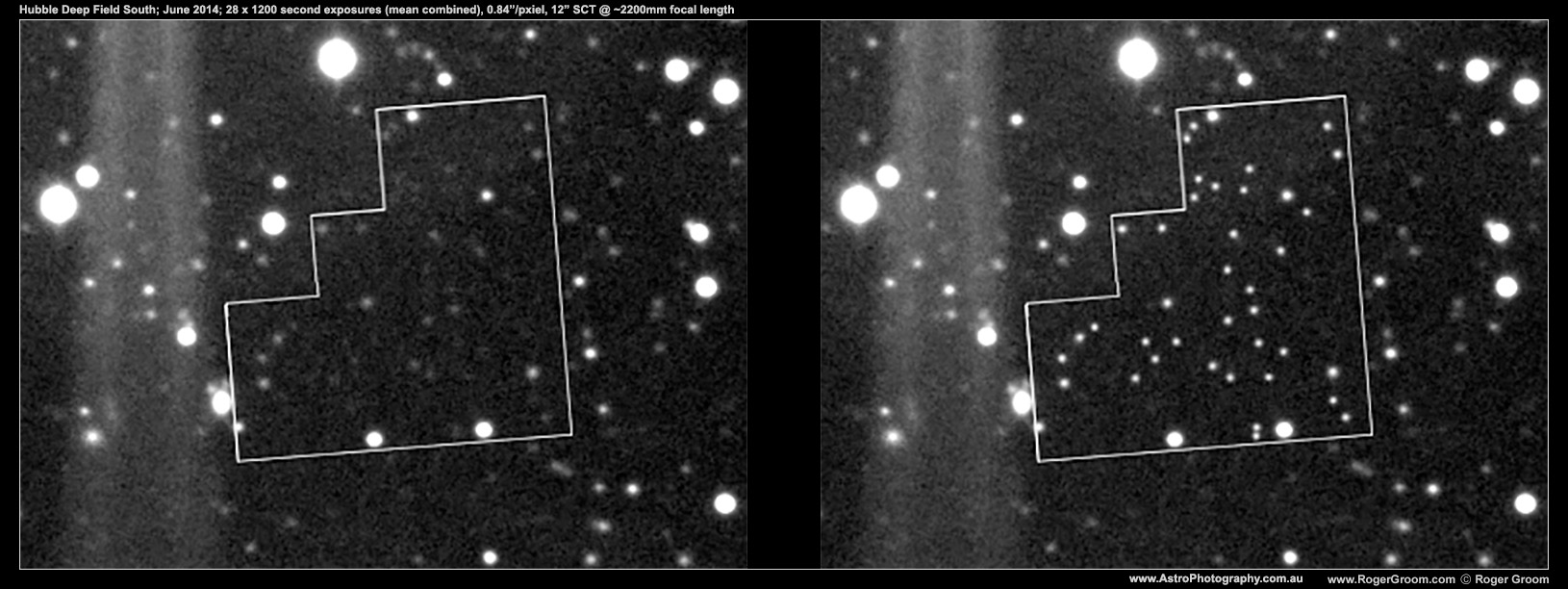
From 1996 The Hubble Deep Field South:

-
These are about as good as I ever did.
The core of M31 The Andromeda Galaxy The large print shows a few background galaxies in addition to the one circular galaxy M32 at about ten o'clock and M110 not shown in the core but is in the 9 panel mosaic of the entire galaxy.
Capturing the faint wispy gas and dust in NGC 6995 The Veil Nebula was challenging. I believe this to be my most star dense photograph. I was also able to do it with a modified Canon D50 DSLR. One shot color is so convenient but the resolution is not a good as doing individual Red, Green and Blue exposures.
Our photographs do not have the diffraction spike defect that Hubble and JSWT experience as we used telescopes without secondary spider vanes. Our goal was perfectly round stars edge to edge. Most of our photographs were done with telescopes that have objective lenses or primary mirrors, 10" in diameter or less. NGC 6995 was taken with a 5.1" diameter telescope.
We of course have to shoot through the atmosphere which causes loss of resolution, and even blurred frames which we have to cull from the process. Space telescopes do not have to shoot through the atmosphere. Every exposure they take is perfect. Bastards! lol
-
@Copper said in James Webb Space Telescope Launch Update:
Mr. Biden gave us a sneak peak today
That's a lot of galaxies.
A whole lot.
@George-K said in James Webb Space Telescope Launch Update:
@Copper said in James Webb Space Telescope Launch Update:
Mr. Biden gave us a sneak peak today
That's a lot of galaxies.
A whole lot.
I counted 413.
-
@89th said in James Webb Space Telescope Launch Update:
Mark. This thread has reminded me of how effing good your astrophotography skills are.
Thank you 89th! I plan on doing more. I have a new mount but it is an economy model and not the super precise and expensive Astro-Physics mounts that I had previously. I hope to have an AP mount again someday soon. I still have my 130mm Astro-Physics Refractor.
I hope they turn JWST on M16 The Eagle Nebula (Hubble's "Pillars of Creation")
M16 is also one of my favorites we did. The object was so low in the southern sky that we had a limited window of about 2 hours to capture images, each night. This was a collaborative effort with Trent and Roland.
